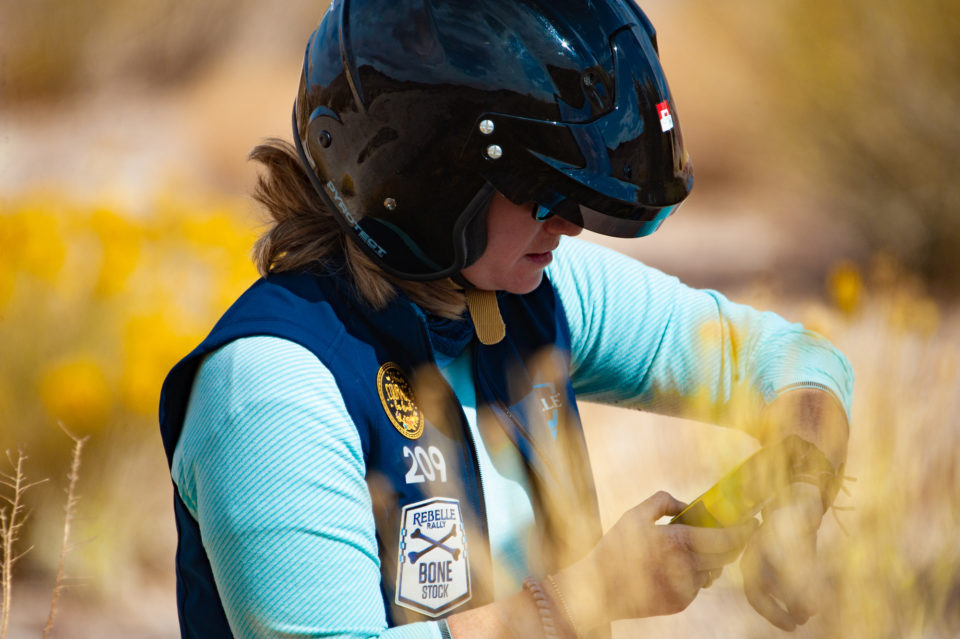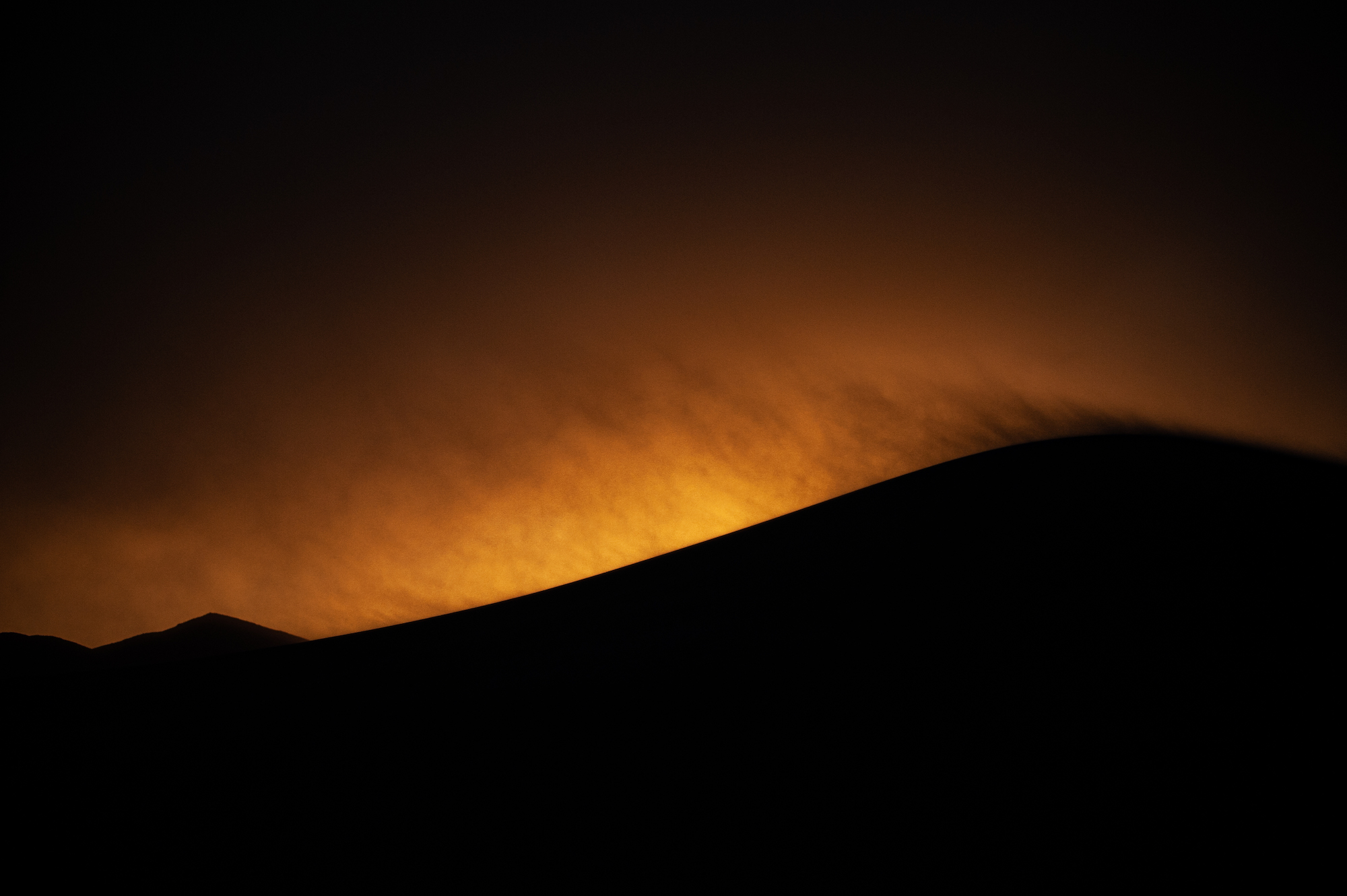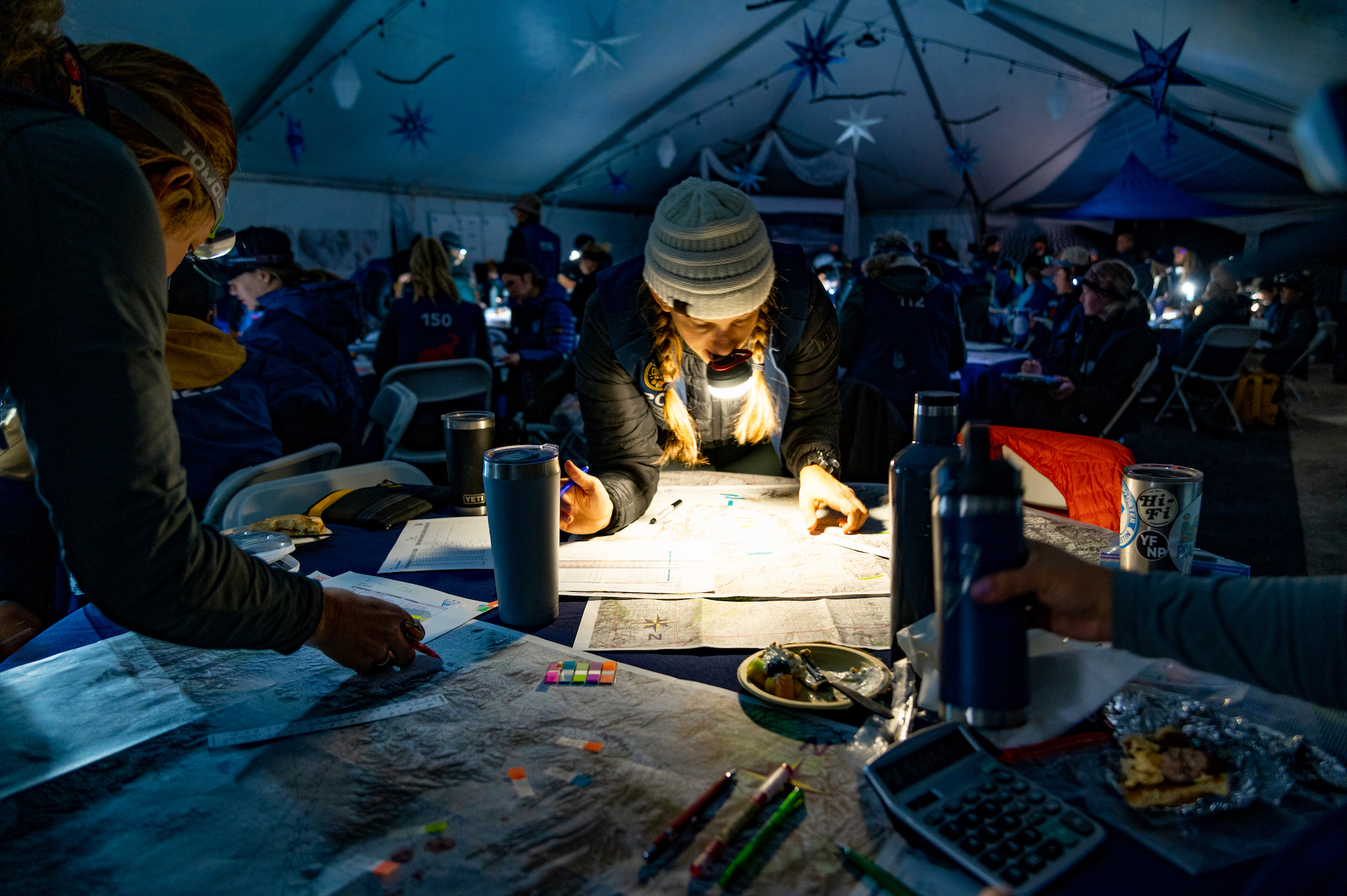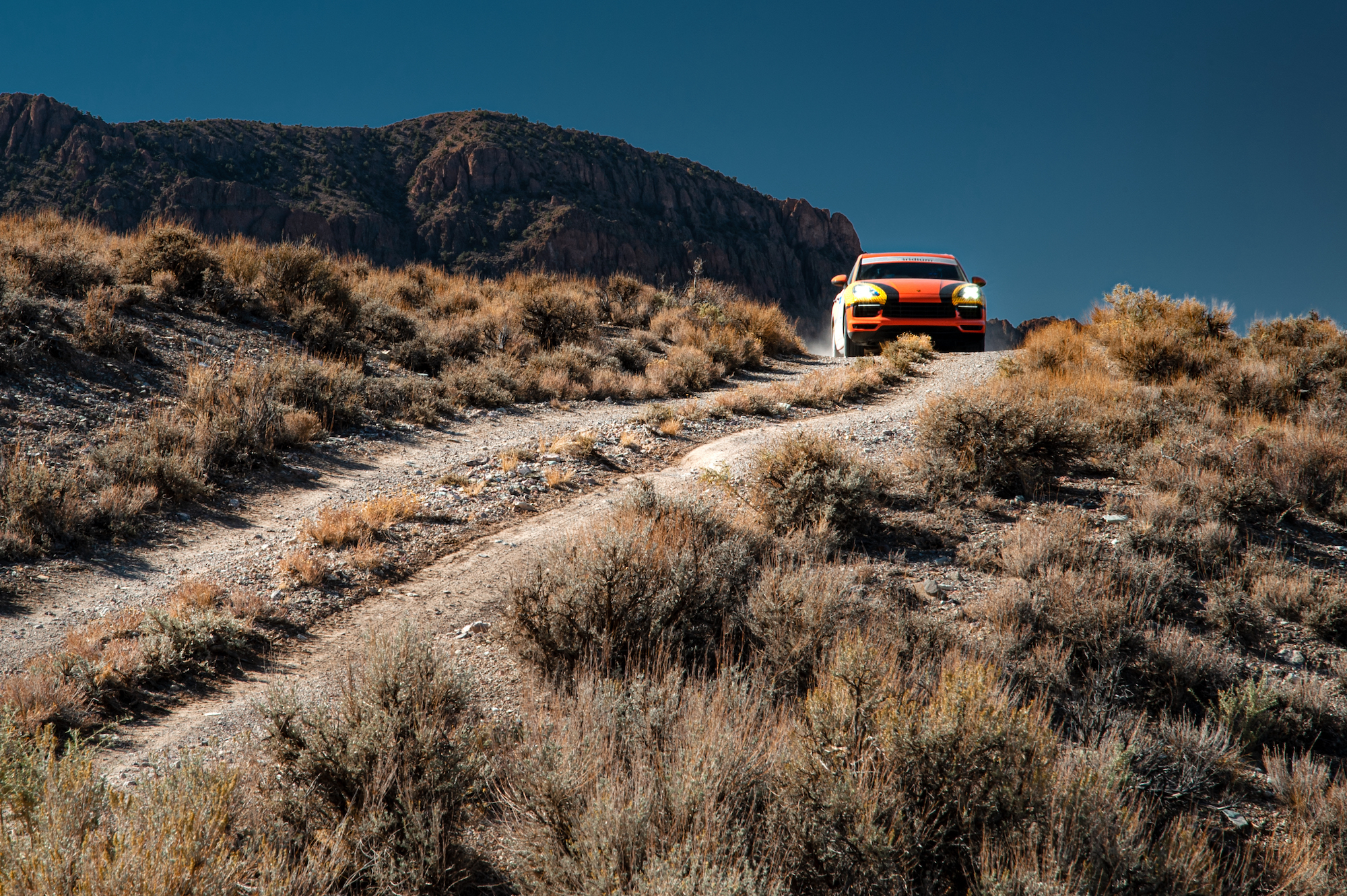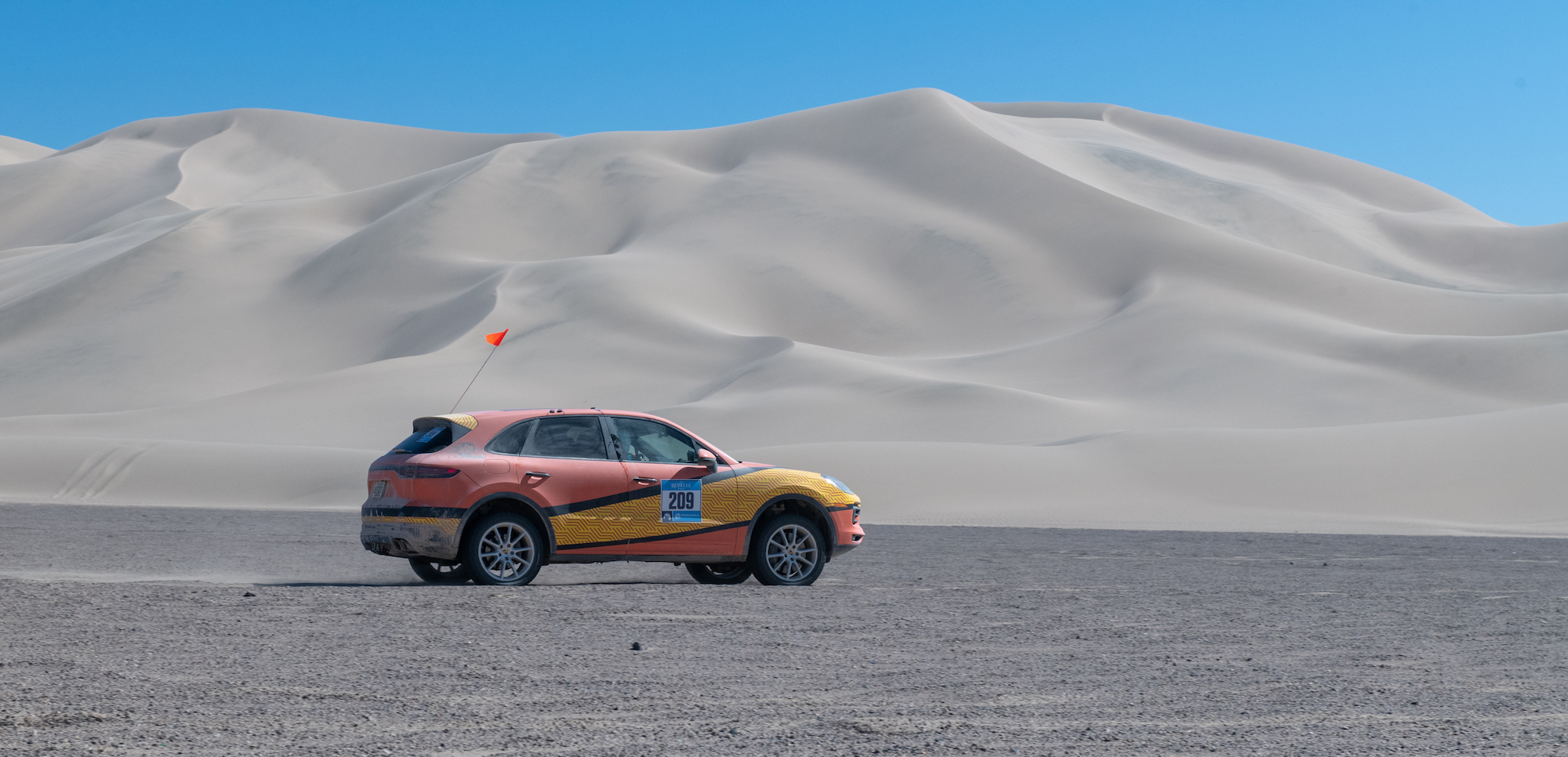The killer app any technology is there to make your life easier and more comfortable; The GPS in your car will help you find the best route to a restaurant when there is a traffic jam. If you have cruise control, you can set a speed on the freeway to make sure you don’t get a ticket. These vehicle features are modern must-haves, but because these complex systems are so important to our daily lives, we only think of them when they don’t work or, in the case of the Rebelle Rally, are closed to competition.
Participants in the Rebelle Rally – the annual off-road navigation competition for women – got to play test engineer for eight days, an experience that provided a deep understanding of what automotive quality really means while at the same time struggling to find hidden checkpoints in the desert for Points.
Operating a high-tech product in a technically unfavorable environment at or near its limit is one way that automobile manufacturers test vehicles during preproduction. Automakers travel to locations with extreme weather and temperature conditions around the world to test vehicles to make sure the vehicle in your driveway can withstand everything from freezing temperatures, snow, mud, and rain to excessive heat, sand, and wind while running at or near the limit.
But it’s a part of the process very few consider – until you’re in the middle of a sandstorm or navigating a desert, I’ve seen both behind the wheel of a 2020 Porsche Cayenne S. That experience showed just how robust automotive quality is, and gave me a sneak peek of the kind of tests these vehicles go through before they get into the hands of consumers.
Compete in the extreme
The Rebelle Rally is part geocaching and part off-road competition that takes place every October at various locations in the western desert of the United States. It was created by veteran rally driver and navigator Emily Miller and 2021 will be her sixth year. Miller has said she started the rally specifically for production vehicles – or those that weren’t modified for rough off-road terrain, to really test women out the limits of the vehicle in their driveway.
Each day of the competition, 52 teams set out to find hidden geofenced checkpoints scattered across the landscape, using nothing but paper maps, hand compasses, and map rulers to locate them. Some checkpoints have flags visible while others have no markings at all and each checkpoint has a specific opening and closing time.
Participants use a handheld GPS tracking device, Iridium Yellow Brick tracking device to check in at each checkpoint and earn points based on a variety of factors including location, difficulty of driving off-road, and accuracy or how close you are get to the correct geofenced point. At the end of the competition, the team with the most points is on the podium.
Credit: Regine Trias / Rebel Rally
This year the competition spanned more than 1,500 miles of off-road tracks in California, Arizona, and Nevada, and manufacturers like Porsche, Rivian, Volkswagen, Jeep, Nissan, and Toyota often use women’s teams in OEM vehicles just to show how capable it is their crossovers, SUVs and trucks are. This year eleven teams sponsored by the manufacturer competed.
The competition was a first for me and Porsche North America.
According to Miller, the rally is “designed as a testing ground. We have a few [companies] which engineers take part in so they can literally live and compete in the vehicles they design, some who see it as an authentic, tough test drive for journalists, employee development, customer opportunities and incentives. And the collected content comes from some of the most beautiful landscapes ever. “
When sand and modern vehicles meet
Credit: Regine Trias / Rebel Rally
This year’s event was more difficult than in previous years due to the weather.
We endured extremes ranging from lows in the 1930s of rain, snow, and sleet to a massive sandstorm that lasted 24 hours in Big Dune near Beatty, Nevada. Overnight, during this storm, gusts reached up to 60 miles per hour, causing total white-out conditions and forcing most of the competitors, including my teammate Beth Bowman and myself, to sleep in our vehicles for safety reasons.
Wind and sand shredded and destroyed tents, creating an extremely unsafe condition for the tanker truck, which normally provides fuel for over 50 competitors every night.
These are exactly the weather conditions that people like Ralf Bosch, Head of Cayenne Tests at Porsche, celebrate when testing a vehicle. “Sand is a terrible ordeal for a modern vehicle. There is a lot of cooling, clutches and drive shafts that have to be specially designed so that they don’t break in the dunes, ”says Bosch.
Bosch and his team travel all over the world – from Finland to Africa – to test the Cayenne prototype, with both combustion and hybrid drive, in extreme weather conditions.
“We look for extreme cold, extremely wet and drizzly and salty weather, extreme temperatures with mud and snow to make sure those conditions don’t affect the car too much,” he said. “We drive the vehicles for days in sandstorms, then we pack them in snow and ice and cold until everything is frozen and do not want any malfunction reports.”
While it is very unlikely that an owner would ever bring their Cayenne into the wilds of Yellowknife, Canada, a popular and extreme winter test site for automakers, this type of rigorous testing is a regular practice in the industry. These tests help automakers ensure that the technology is automotive-grade both inside and out. This means that everything from the GPS in your vehicle to the auto / stop / start system to the engine or engine runs under all possible conditions – especially extreme ones – without a breakdown or a complete breakdown.
The technique: a double-edged sword
Credit: Regine Trias / Rebel Rally
The Rebelle Rally presents modern vehicles with unique challenges, especially as they become even more technically demanding. Since GPS and digital compasses are not allowed in the Rebelle, our Cayenne S, nicknamed Ruby for its scarlet interior, went through an extensive process under Porsche’s direction to ensure that the navigation system was completely confused and was displaying the wrong data to meet the rules and regulations of the competition.
“In order to deactivate the GPS functions of the Cayenne S, we removed all antennas (GPS, GSM and WiFi) and also programmed the PCM so that it only searches for non-US satellites so that it does not interfere with our US based satellite network. “Said Kyle Milliken, the Porsche press fleet technician who operated the system.
That meant that the whole time we drove in remote areas of the desert, the system thought we were somewhere in the Pacific Ocean and its digital compass was completely useless.
Like most modern vehicles, our Cayenne S had a single screen that controlled everything from climate to ride height to traction. These last two functions are absolutely crucial when mastering any demanding off-road trail with a four-wheel drive vehicle, as you must be able to actively control and control the ride height and the distribution of power. Had Porsche not confused the GPS enough, the rally would have physically blocked our access to this screen and left us unable to do much more than get the car into drive, reverse, park and neutral.
Credit: Regine Trias / Rebel Rally
Unlike the first-generation Cayenne, which is rightly known as the off-road beast (since it had a sturdy chassis and was fully equipped with limited slip differentials and a transfer case accessed via physical buttons), the off-road features and – Programs on a modern Cayenne can only be called up via the main screen of the center console.
Additionally, you need to have access to the screen (and its menus) in order to change a tire on a modern Cayenne S with air suspension, like Ruby did. You have to deactivate the automatic level control, which makes the Cayenne comfortable on the road, and to jack up the car. If the rally had blocked our screen because of the GPS, it would have been much more difficult to compete.
Some of the very good off-road settings that come with the Cayenne S’s air suspension (my favorites were Sand and Rocks with the chassis height on terrain) got a little too smart during our version of the torture test.
During practice at the Oceano Dunes in late August, Beth and I struggled to purposely get stuck in the soft sand so we could practice the self-rescue skills we would need at the rally. The Cayenne’s traction control system overdriven and stopped the wheel spinning when I cheered it on to initiate us into this workout. Fortunately, we never got stuck during the rally itself – I didn’t blow a tire or break anything on the vehicle. The Cayenne turned out to be so solid that we even rescued another vehicle that got stuck in the Glamis Dunes.
Credit: Nicole Dreon / Rebel Rally
All of this testifies to the robustness of the extreme tests that flow into the development of automotive-quality technologies and components, especially in the modern Cayenne. Despite a massive sandstorm (plus two other small ones that shot at us during the eight-day stint), extremely harsh environments and a tricky driving style, the Cayenne S performed exactly as expected every day.
Every morning Ruby purred to life, keeping us comfortably warm (or cool) and never throwing a single mistake. We never had to blow out the air filter or the brakes and drove straight from the creepy glamis dunes onto the highway and back into the chaos of Los Angeles.
This is exactly what “Automotive Grade” tests are supposed to do – to keep you on the road no matter what the weather or what environment you are in.
“When it’s so good on the road, you think that it can’t be so good in such a sandy and dirty state,” says Bosch. “We try to maintain the off-road performance by improving the on-road performance of the Cayenne and it is a very powerful vehicle.”
